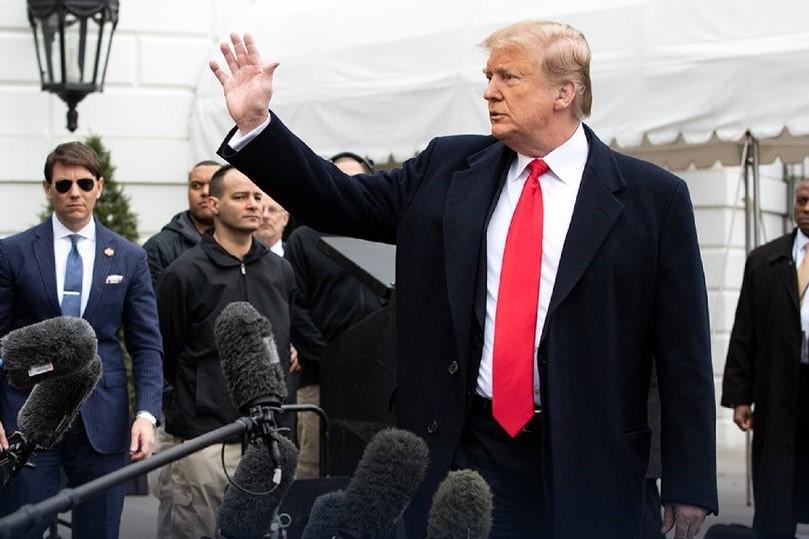You see the same thing happening in Japan. We’ve talked about it before, where Japan does the same, shamelessly. They buy their 10-year government bonds and keep that yield at 25 basis points. They keep yields low to continue fueling the economy. The problem is that when you keep that yield artificially low, you get investors who look at yields elsewhere, like the US, and say, “Okay, I can get a better yield there. And so why should I stay here and own these Treasuries, when the Bank of Japan will buy them up, keep yields low and I can instead go and get 3% in a 10-year US Treasury?”
Well, it forces you to sell yen-denominated bonds. Take your yen, sell them for dollars and buy the US Treasuries. So that puts enormous pressure on the yen.
You have seen that the yen is only increasing, which means that it is a reverse quote. So when you see it go up from 120 or 115 up to 137, that’s the return that’s getting weaker. It is the yen that is getting weaker; it is the number of yen per dollar. One of the problems with currencies – I wrote something about this too – is that they are quoted in all different ways. You have inverted quotes in some of them, like GDP and Yen.


